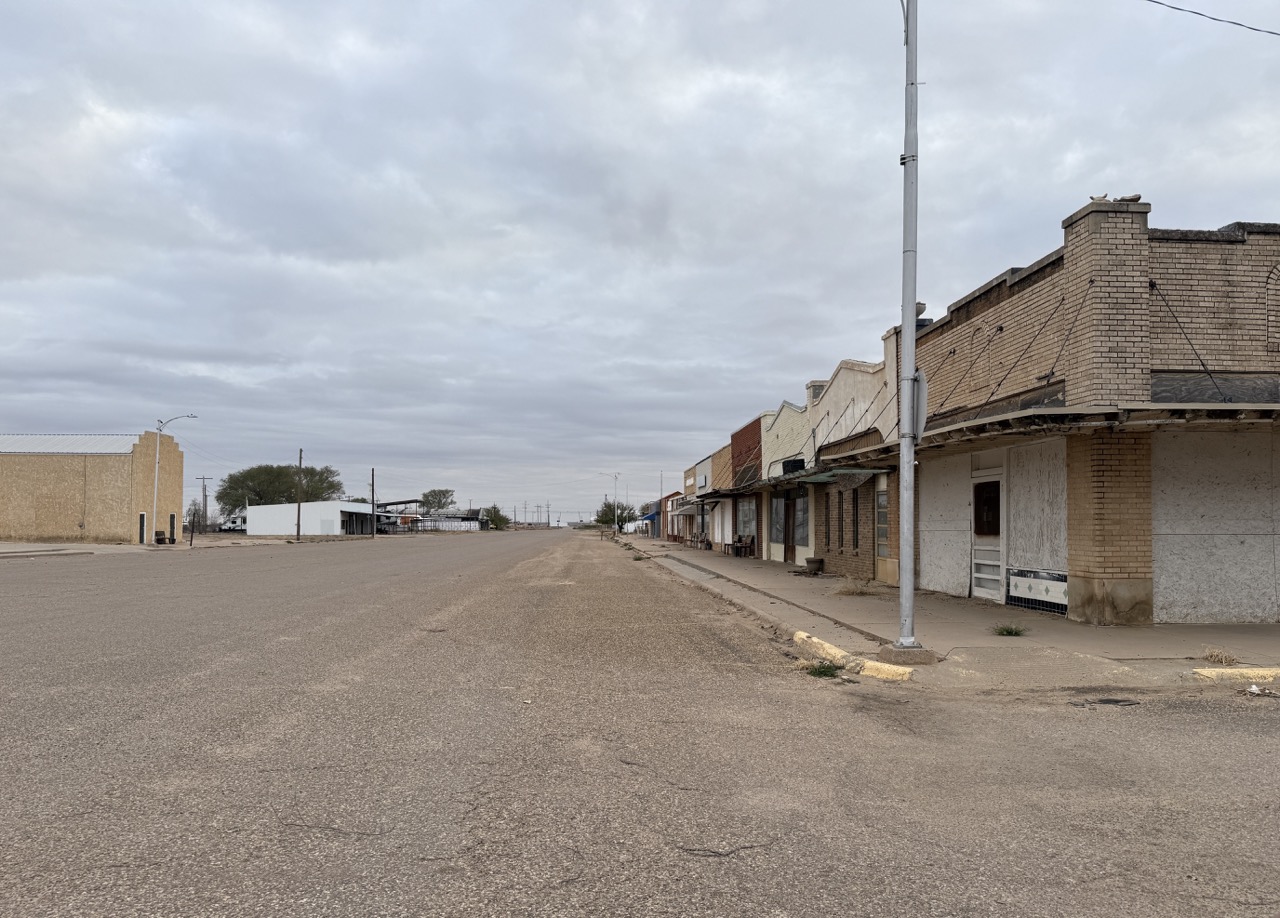ANTON, TX — On December 3, 1924, 100 years ago today, a small town in Hockley County emerged despite a major sandstorm, locally known as a "haboob," blanketing the South Plains.
Anton, located in Hockley County, is about 25 miles northwest of Lubbock and sits right in the middle of what used to be the Spade Ranch’s northern pasture. The area’s settlement began in the early 20th century when rancher W.L. Ellwood decided to sell off pieces of his sprawling ranch. The Anton Townsite Company was tasked with building a town around a new railroad switch called Danforth Switch, which connected to the Pecos and Northern Texas Railway. The town was named after J.F. Anton, an executive with the Santa Fe Railroad.
The Anton Townsite Company threw a "Grand Opening Jubilee" for the new town of Anton, Texas. The event was a huge success, with over 200 town lots sold on the very first day. This was just the beginning for Anton, born out of the growth and expansion brought about by a simple railroad.
The town took off quickly. By 1926, churches had been built, a bank had opened by 1929, and by 1930, Anton had become an officially incorporated town with about 400 residents. The local economy relied heavily on agriculture at first, mainly cotton, grain, and eventually oil.

The Spade Coop, Inc. and the Old Boothe Grain Elevator alongside the railroad in Anton, Texas
(South Plains LIVE! Photo/Nick Thompson)
Like many towns in Texas, Anton owes a lot of its growth to the arrival of the railroad. The Santa Fe Railroad’s expansion in the early 20th century brought rail access to places that were previously remote. This helped not only towns like Anton but also nearby cities like Wolfforth and Ropesville. At its peak in the 1960s, Anton had a population of 1,368 people and around 50 businesses, including its own newspaper, the Anton News (later the Four County News).
Over time, Anton has evolved with the changing demands of the local economy. In the 1980s, the town's once-booming oil industry began to slow down, but agriculture remained a contributor to the local economy. Cotton farming and irrigation became crucial to the town’s survival, with farmers working the land that had once been part of the Spade Ranch.
Fun fact: Anton even briefly had a rabbit-processing plant, giving it the unofficial title of the “Rabbit Capital of Texas” (though that business closed down in the 1980s).
Today, Anton is a small but tight-knit community. Its population has hovered around 1,100 to 1,200 people in recent decades. In 2016, it was home to about 1,133 residents. The town still has a couple of churches, a high school, a post office, and a bank. Although it’s not a major hub like Lubbock, Anton has managed to carve out its place in Texas history, especially with its unique "Rabbit Capital" name attached to it.
If you're ever passing through the small, quiet town, take note of the land’s agricultural history and its close connection to the railroad, both of which shaped Anton into what it is today.

City of Anton water tower nestled in the quiet town
(South Plains LIVE! Photo/Nick Thompson)

A quiet afternoon on Main Avenue in Anton, Texas.
(South Plains LIVE! Photo/Nick Thompson)

A mural of the main entrance of Anton High School on the side of a building downtown.
(South Plains LIVE! Photo/Nick Thompson)
Subscribe to the LIVE! Daily
Required






Post a comment to this article here: